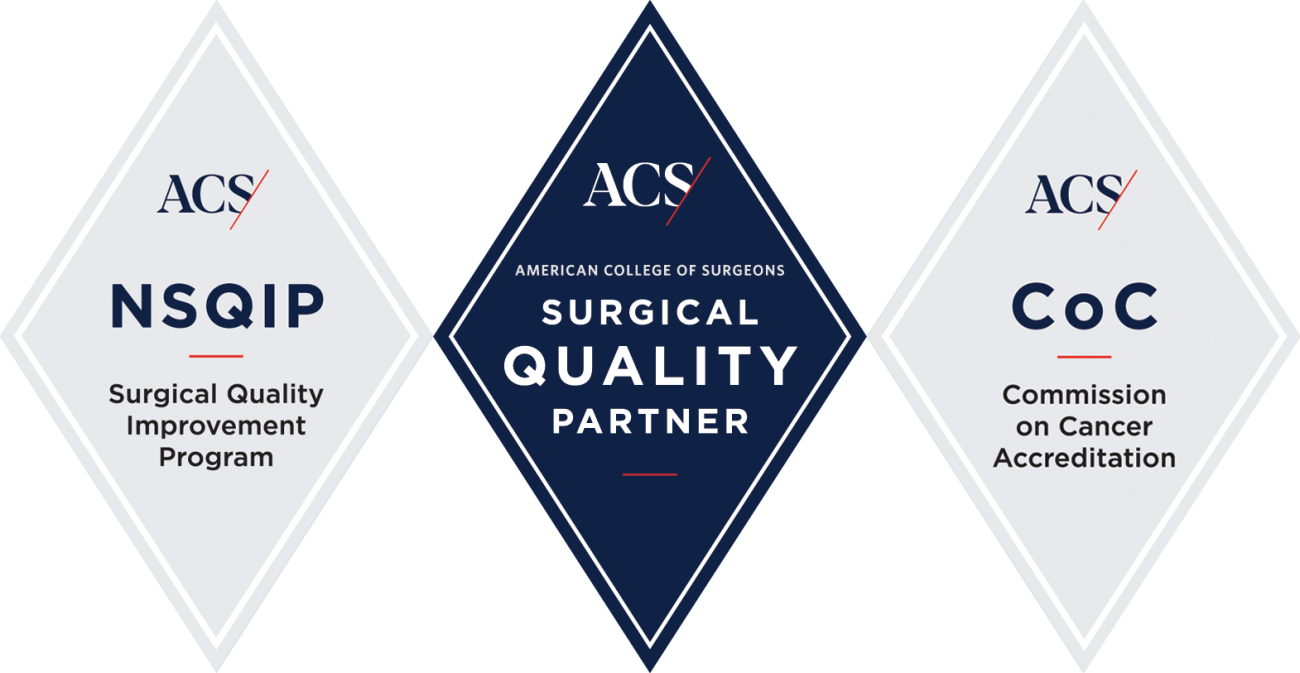Surgery is the primary treatment for bladder cancer with the goal of removing all of the disease. This may be accomplished by one of two approaches:
Transurethral Resection of Bladder Tumor (TURBT)
Transurethral Resection of Bladder Tumor (TURBT) is a procedure in which the surgeon removes the tumor from the inside of the bladder, leaving the bladder intact. (Surgeons also perform TURBT in order to obtain a biopsy of a bladder tumor. As a bladder cancer treatment, TURBT is typically followed by Intravesical Therapy.
Radical Cystectomy with Urinary Diversion
Radical Cystectomy with Urinary Diversion is a surgery that removes your entire bladder and ideally, all of the cancer with it. Because you no longer have a bladder, the surgeon creates an alternate place for your body to store its urine, called a urinary diversion. The surgery is called radical because other nearby organs and tissues, such as the reproductive organs, are removed to eliminate all of the disease and prevent its recurrence. Radical cystectomy is major surgery that permanently changes your body, including how you urinate and preserve sexual function.
The quality of this operation is a key factor in determining survival. Learn more about Roswell Park’s surgical performance and our Quality Cystectomy Score.
Robotic surgery – Roswell Park leads the way
The Robot-Assisted Radical Cystectomy (RARC) program at Roswell Park was initiated in 2005 by Khurshid A. Guru, MD, who performed one of the world’s first radical cystectomy with robotics. Regarded as one of the top robotic surgeons in the world, Dr. Guru has performed more than 4,500 robot-assisted surgical procedures, including more than 800 robotic radical cystectomies.
Roswell Park now performs 98% of all radical cystectomies with robotic surgery, the highest percentage in all of New York State. Due to this expertise, Roswell Park surgeons are increasingly able to perform nerve-sparing operations and preserve the female reproductive organs, key to retaining sexual function.
Roswell Park’s Robotic Surgery Program has expanded to offer minimally-invasive robotic surgery for kidney and prostate procedures as well as thoracic and gastrointestinal disease. Roswell Park is now a global training center where surgeons from around the world come to learn robotic surgical techniques.
How robotic surgery works
Robot-assisted procedures are performed using the da Vinci® Surgical System. Instead of standing and operating over the patient, the surgeon sits at a special console and sees a 3-dimensional (3-D) view of the surgery. This special camera magnifies the image 10 times larger than normal and the miniaturized robotic tools are more flexible and nimble than the surgeon’s fingers. This allows surgeons to complete complex surgeries using only a few tiny incisions or ports. Compared to traditional, “open” surgery with a large incision, robotic surgery offers these benefits:
- Small incisions that heal faster and with less scarring
- Less blood loss during surgery and faster recovery
- Shorter hospital stays and reduced pain
